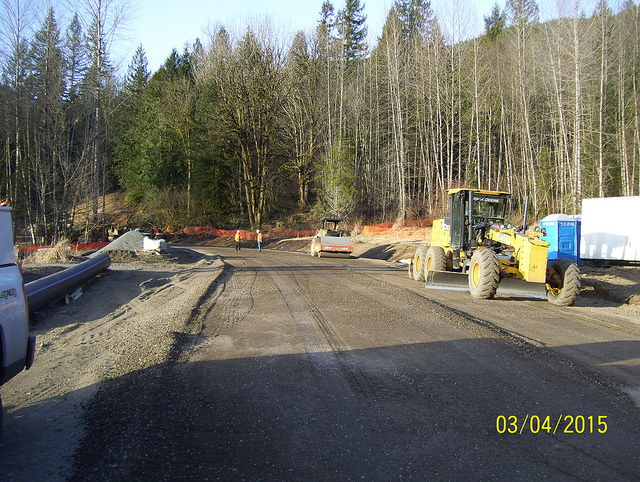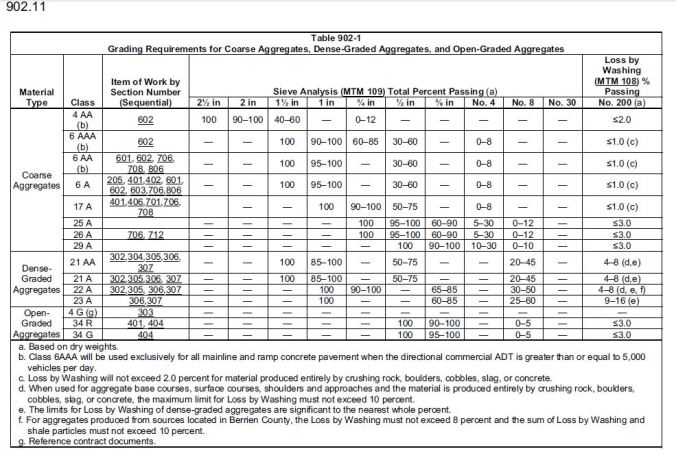Most of everything we do in terms of construction requires natural materials. Sand and gravel for concrete, crushed rock as a base course for road, more sand and gravel for asphalt, clean sand backfill around pipes and foundations and a bunch of other uses that would be recognizable the moment you see them.

Courtesy of the Washington State Dept. of Transportation
We consider these materials to be “engineered” since we actively modify them (from their natural state) to meet the specific requirements we may have. I.e. Concrete should only have coarse aggregate up to a certain size, asphalt needs different sizes, and a road base has a whole range that it needs. We modify the natural sands and gravels that we pull out of pit by screening them to achieve certain size ranges, washing out undesirable particles or blending different sizes together. With crushed limestone from a limestone quarry, the process starts with blasting the rock off a rock face, then crushing it, and then washing it with the same end-state, to get whatever size we need for our project.
The Michigan DOT has set standards for much of the aggregate that they use on their road projects and these standards drive much of the state aggregate industry, the materials they select, the sizes they produce, etc… As an example, below is a portion of MDOT’s specification for different classes of Coarse Aggregate:

According to MDOT’s published history of aggregate use in the State, MDOT 21A has been specified on Michigan’s roads since 1934. Because of the size of MDOT and how long they have been specifying certain aggregate gradations, their specification sizes have become the de facto aggregate sizes for the State.
So where does all this material come from that we see being hauled everywhere in dump trucks or stockpiled next to a job site?
Going back to GeoWebFace we can plot out local Sand & Gravel Pits and Quarries.
Below is all the sand gravel pits in Metro Detroit with the glacial geology also overlain. The pits are all the little “x”es and they are pretty much only where pink is mapped out. Pink is defined as “Glacial outwash sand and gravel”so that makes sense – the sand and gravel pits are where the sand and gravel is!

Based on economics, much of the coarse aggregate that is used in Lower Michigan is crushed limestone. These limestone quarries are shown in green on the same map and they are concentrated more near Monroe. This is likely (among other reasons) because limestone is closest to the surface around there and has minimal glacial deposits (overburden) covering it making extraction relatively straightforward. The rock is quarried, crushed and sorted on site to meet the stone size requirements that any purchaser may have.
So in very broad terms, this is where our sands, gravels, and crushed rock comes from that we use for construction around Washtenaw County!